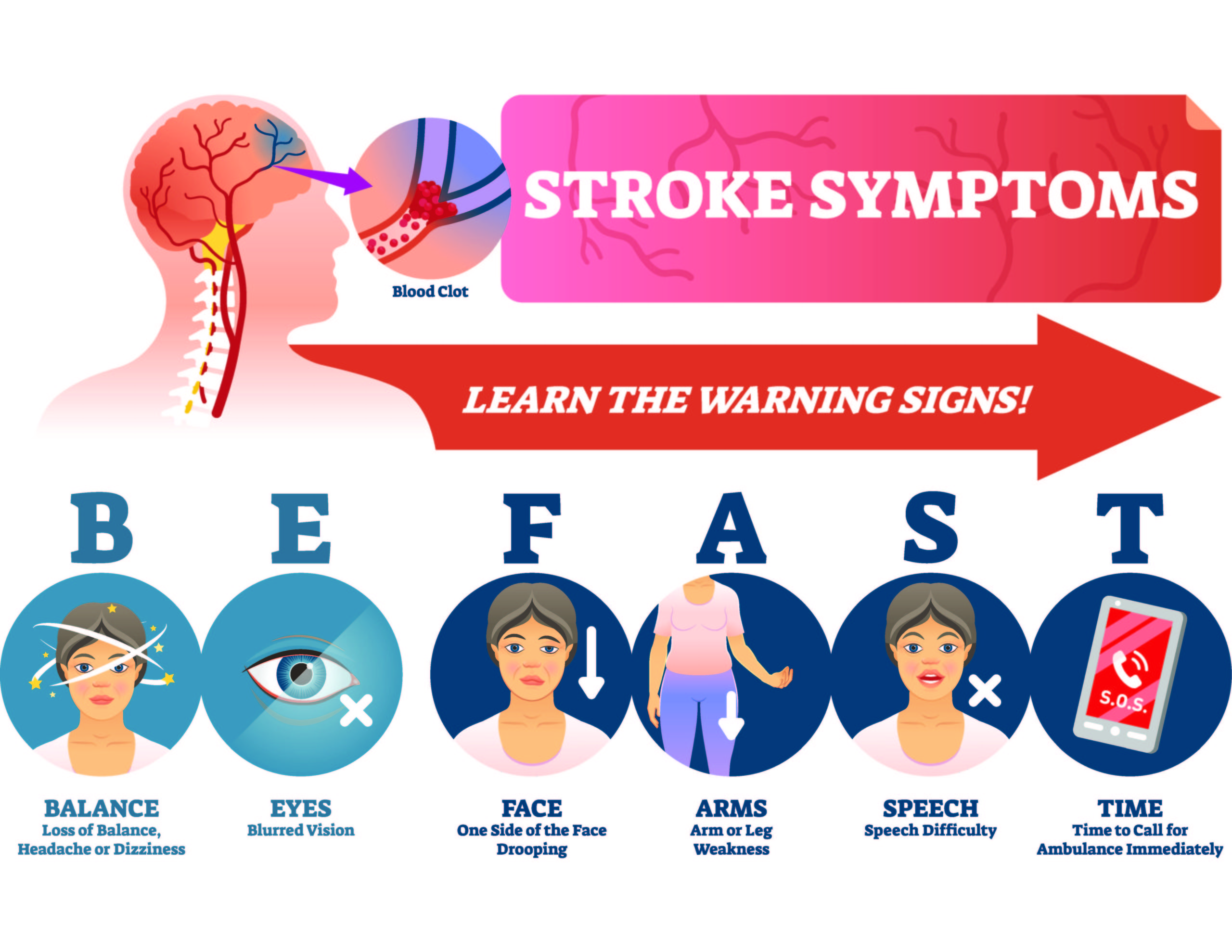Copyright © 2015 Four Peaks Neurology. All Rights Reserved.
Stroke
A stroke occurs when there is an issue with blood supply to part of the brain. This occurs when blood flow to the blood vessels are blocked or interrupted, thereby depriving the brain of nutrients and oxygen. Strokes are a life-threatening emergency, and immediate medical attention is necessary to prevent brain damage or death.

FAQs
A stroke occurs when there is an issue with blood supply to part of the brain. This occurs when blood flow to the blood vessels are blocked or interrupted, thereby depriving the brain of nutrients and oxygen. Strokes are a life-threatening emergency, and immediate medical attention is necessary to prevent brain damage or death.
There are two different kinds of strokes: Ischemic and hemorrhagic. Ischemic strokes usually occur because of blood clots, which can occur because of clotting disorders, atrial fibrillation, and heart defects.
Hemorrhagic strokes occur when there is bleeding in the brain caused by the rupture of a blood vessel. These types of strokes can occur for different reasons, such as high blood pressure, brain aneurysms, brain tumors, and diseases that alter blood vessels in the brain.
Different areas of the brain are responsible for different functions, so stroke symptoms are largely dependent on the affected area of the brain.
However, the symptoms of a stroke may involve one or more of the following:
- Weakness or paralysis on one side of the body
- Difficulty or loss of ability to speak
- Slurred or garbled speaking
- Loss of muscle control on one side of the face
- Sudden loss of senses
- Blurred or double vision
- Loss of coordination
- Vertigo or dizziness
- Neck stiffness
- Emotional instability and changes in personality
- Agitation
- Trouble Walking
You should call 911 and go to the nearest ER if you are experiencing stroke symptoms.
To determine which symptoms to look for, remember: BE FAST.
If you experience pneumonia, deep vein thrombosis, pulmonary embolism, heart attack, or seizures AFTER a stroke, you should go to the ER.
Stroke rehabilitation is a significant part of recovery for most people who have experienced a stroke. This rehabilitation may take the form of speech therapy, physical therapy, occupational therapy, and cognitive therapy.
